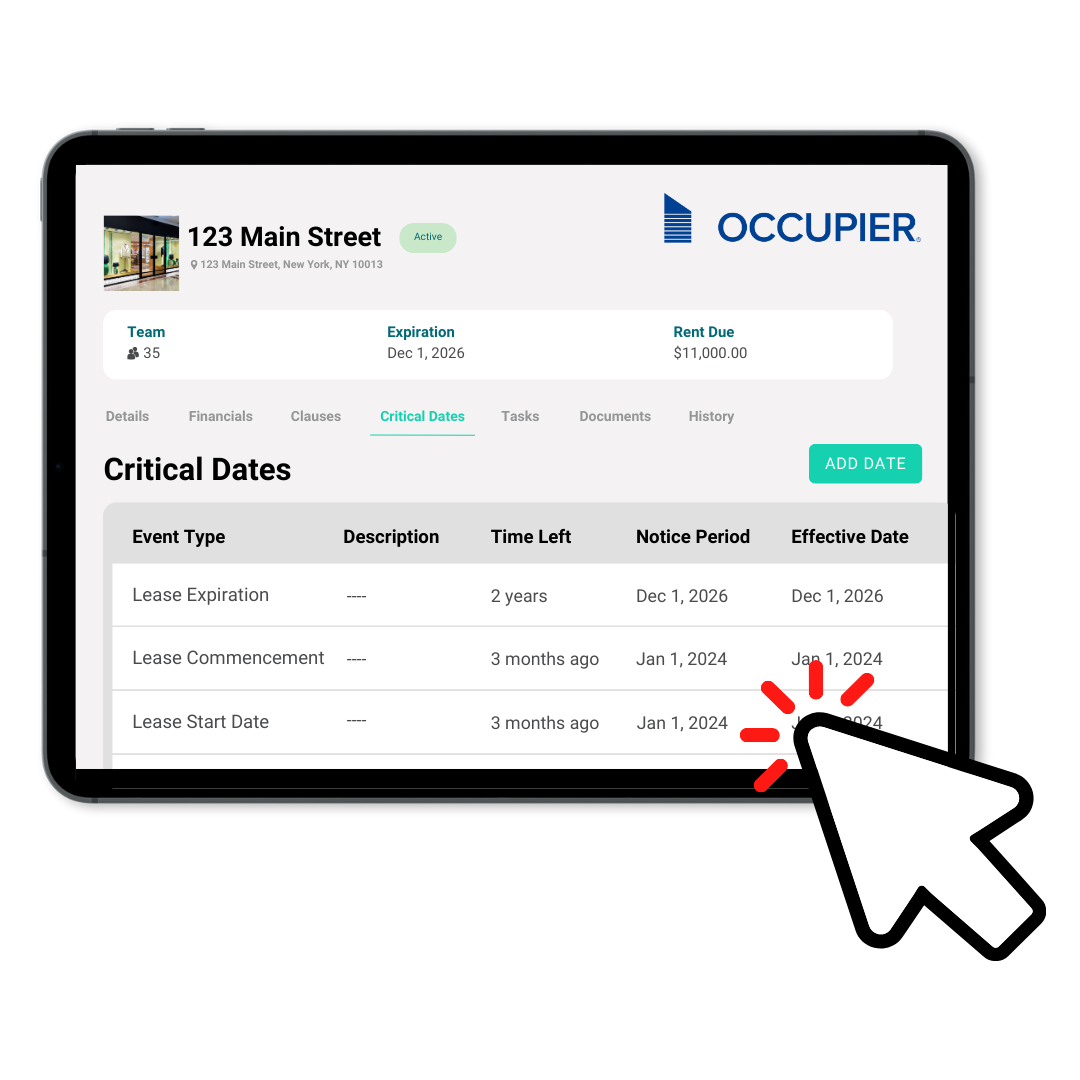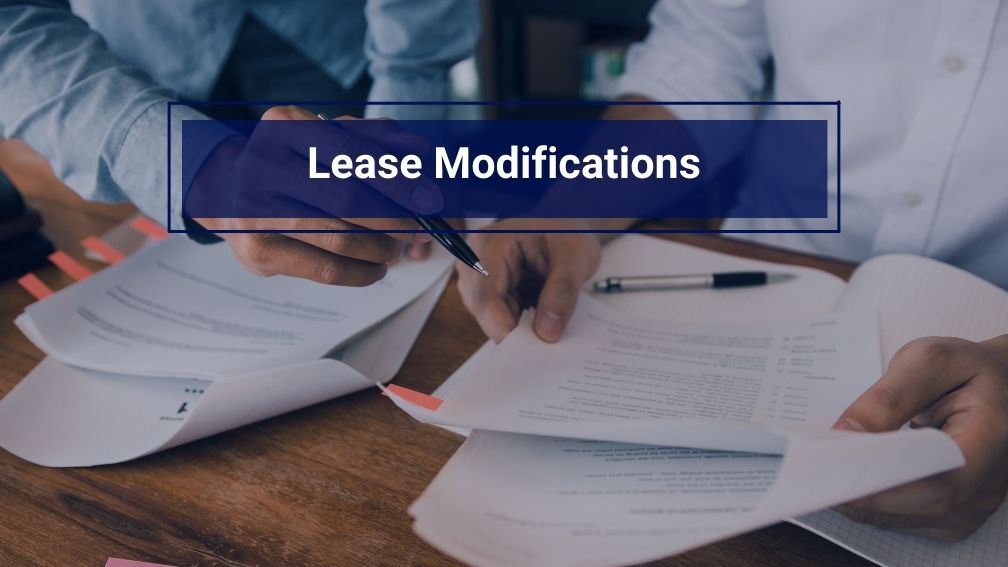How to Account for Lease Modifications Under ASC 842
Last Updated on September 20, 2024 by Morgan Beard
Leases are contracts that convey rights and obligations to use an identified asset for a period of time in exchange for consideration. Many people may be under the impression that their contract is set in stone when they sign a lease. However, there are circumstances or agreements between lessee and lessor that require modifications. In that case, you should first determine what concessions were originally stipulated in your contract.
If the right of use asset in question has concessions accounted for in the original contract and no change is made then no lease modification is required under ASC 842. On the other hand, if the lessor granted concessions outside of the rights and obligations within the original contract, then the entity will have to account for those concessions under the lease modification guidance within ASC 842. Our blog post on Commercial Lease Amendments will help you understand strategies to navigate lease changes and their meaning.
What is a Lease Modification?
So what is a lease modification? “A lease modification is defined as a change in the scope of a lease, or the consideration for a lease, that was not part of the original terms and conditions of the lease. A lease modification includes adding or terminating the right to use one or more underlying assets, or extending or shortening the contractual lease term.”
In other words, a lease modification is when you change the terms of a lease. There are a few common examples of lease modifications, they include:
- A lease extension
- Early termination of the lease
- A change in the timing of lease payments
- Leasing additional space in the same building
The first step with navigating modifications is to determine if the additional right of use asset creates a new lease or if it is actually an alteration to an existing lease. The ASC 842 classification system distinguishes between modifications that represent the creation of new leases in substance and those that are simply changes to scope or consideration.
Two ways to account for Lease Modifications
If you’re looking to modify your lease, it is important to know how a lease modification is accounted for. A lease modification is accounted for in one of two ways:
- Separate lease: If a lease modification creates a separate lease, the lessee makes no adjustments to the original lease and accounts for the separate lease the same as any new lease.
- Not a separate lease: For a modification that is not a separate lease, the lessee’s accounting depends on the nature of the modification.
When the lessee modifies their contract, it’s essential to remember that there are now two separate lease agreements. One for what has been agreed upon and another with modifications granted by both parties, including the additional right-of-use asset. Reflecting on this change may require adjustments on either end depending. In essence, when the lessee modifies a contract, the additional right-of-use asset commensurates a separate lease contract with it’s own lease payments that commence at the date of the modification.
A modified lease is accounted for as if it were just another contract. The lessee will need to reassess their classification at that point in time and reallocate any consideration or liability changes accordingly before re-measuring everything again!
If the lease modification results in a separate contract (or not), then lessors need to assess whether this new agreement should be accounted for under ASC 842. I An entity shall account for a modification to a contract as a separate contract (that is, separate from the original contract) when both of the following conditions are present:
- The modification grants the lessee an additional right of use not included in the original lease
- The lease payments increase commensurate with the standalone price for the additional right of use, adjusted for the circumstances of the particular contract.
An example of this would be when the standalone price for the lease of one floor of an office building in which the lessee already leases other floors in that building may be different from the standalone price of a similar floor in a different office building, because it was not necessary for a lessor to incur costs that it would have incurred for a new lessee.
If the modification does not result in a separate contract, then the lessee is required to reassess the classification of the lease at the lease modification date. The accounting of said lease will be determined by the lease classification of the original contract in addition to the modified contract.
A lease modification can be a huge undertaking, but it’s also worth the effort during the ever-evolving real estate landscape. The lease accounting procedure is dependent on both original terms and modified ones, so keep that in mind when deciding what type of agreement you want going forward! Make sure you understand how this affects both original leases or modifications for future changes to take place properly with both options accounted for before moving ahead!

Product Tour
Take a self-guided tour and see how the fastest-growing commercial tenants leverage Occupier for lease management & lease accounting.
